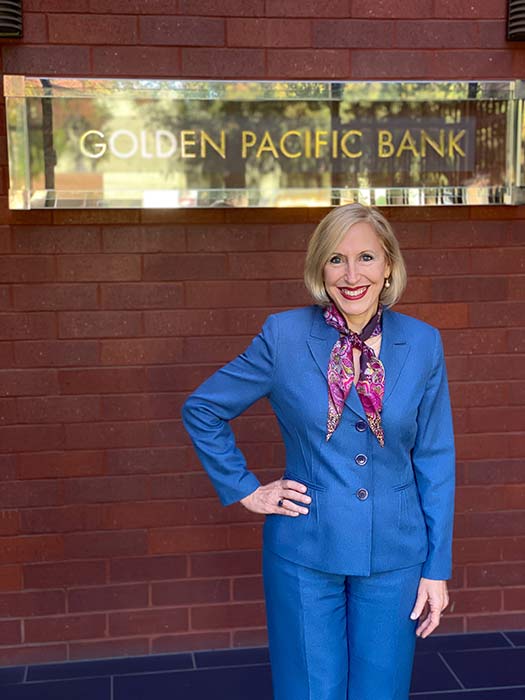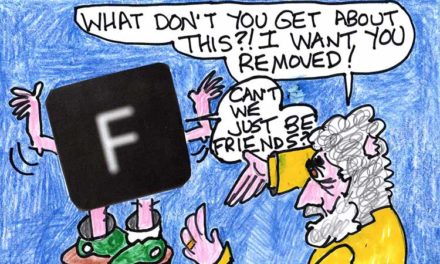The Nielsen TV Rating Company Won’t Be Canceled
Preserving demography in America
By Ed Goldman
I was surprised to learn a few weeks ago that the Nielsen ratings company was being sold for about 10 billion bucks. “Surprised” because I had no idea it even existed anymore.
Why does it?
Rating Site
It’s not as though many of us care about how many people are watching “Blue Bloods,” “Bull” or “The Big Bang Theory,” for example. Leave the show on and someone will watch it. Cancel it and no one but the cast and crew will care that much.
The only ones who’ve depended on Nielsen ratings data are advertisers and the TV networks. The more viewers, the more you can charge for the commercials.
Or, as the science got more sophisticated over time, the more particular kind of viewers a program attracts, the more you can charge. This was the case when David Letterman and Jay Leno both had their late-night shows on at the same time. While Leno’s NBC audience was sometimes three times the size of Letterman’s at CBS, it still cost more to advertise on Letterman’s show.
Demographics were the reason: Leno was watched by older viewers who couldn’t be counted on to buy as much of the advertised products as Letterman’s mainly young- to middle-aged-men fans would.
Nielsen ratings have always baffled people who don’t spend an inordinate amount of their leisure time reading up on statistics, market research and even the laws of probability. The way they work has evolved since the company first started measuring ratings for radio shows in the 1940s, moving into TV in 1950. (While this is the year I was born, I’ve had trouble finding out how many people watched it happen. But it must have been a sizable enough audience to get me renewed annually for the past several decades.)
The television Nielsens were both high- and low-tech from the get-go, relying on an “audimeter” attached to your set which noted the shows you’d watched during the week. The findings logged onto a cartridge that you then had to mail to Nielsen’s HQ in Evanston, Illinois (home of Northwestern University, if you enjoy this kind of factoid, and really, who wouldn’t? It moved its offices to New York at some point).
Anyway, this was the high-tech method.
The low-tech method consisted of asking viewers to keep a paper diary of what they watched. Astonishingly, despite the infinite ways this could be corrupted—I’m guessing an awful lot of people claimed to be watching the nature documentary that aired opposite “I Dream of Jeannie,” which is what they were actually watching—Nielsen didn’t stop using paper diaries until four years ago.
This is troubling (though enough people were honest enough to keep “Jeannie” on the air for five years); what was always more concerning, though, was the selection of Nielsen households and just how representative they were of the enormous nationwide audience for TV programs.
Perennial TV host Dick Cavett—who’s had talk shows on ABC (late mornings, prime-time, late-night), CBS, PBS, USA, CNBC, and even TCM)—once said neither he nor most of the people he knew would ever have consented to have their viewing habits monitored by Nielsen. It left open the question of whether his show was actually more popular than, say, “The Beverly Hillbillies.”
Ironically, that CBS show was also a victim of the Nielsens. While still in Nielsen’s Top Ten, the company’s demographics revealed that its audience “skewed” older and therefore not the ideal target for those advertisers who wanted a young, spendthrift crowd of watchers. As a result, CBS canceled “The Beverly Hillbillies,” “Gunsmoke” and other popular shows beloved by apparently penny-pinching geezers.
Almost two years ago, Nielsen adapted to the times by starting to gauge the ratings of shows that “stream.” It also started compiling numbers on shows that people tape for later viewing (I do this even with the 11 p.m. local news, watching it closer to midnight, by which time I’m sure the cops have caught that apartment complex flasher).
In closing, I need to add that the ratings system once saved the life of someone I knew. This isn’t meant to be remotely humorous.
One evening, as her then-husband was threatening her life with a gun, a local TV station’s ad rep called and, when she frantically picked up the phone, asked her what show she was watching. She blurted out her situation then managed to dash into a bedroom and escape from the home through a window. By then, the fast-thinking ad rep had called the police, who descended on her home (along with the station’s TV news truck, natch) within moments; the cops shot the husband as he ran out the front door waving his gun. He survived that but died some time thereafter.
No word on what the ratings looked like that night for the newscast.
Ed Goldman's column appears almost every Monday, Wednesday and Friday. A former daily columnist for the Sacramento Business Journal, as well as monthly columnist for Sacramento Magazine and Comstock’s Business Magazine, he’s the author of five books, two plays and one musical (so far).
Yes, Virginia
A Weekly Blog by Virginia Varela
President, Golden Pacific Bank, a Division of SoFi Bank, Inc.
photo by Phoebe Verkouw
BANKING ON WOMEN: A CAN’T-LOSE DEAL
This past June 8, Golden Pacific Bank, a division of SoFi Bank, N.A., co-hosted a special gathering for “HIGH POWERED WOMEN.”
Golden Pacific and I have been sponsoring periodic gatherings of high- powered women in the local communities, along with Linda Farley, the CEO of Girl Scouts Heart of Central California; Kathy McKim, Principal of Hawksbill Advisors; and Jane Einhorn of JE Communications.
It’s been a few years since this group met, due to COVID, making this particular gathering all the more special.
About 100 women convened at the Girl Scouts STEM Center in Sacramento just to meet with other high-powered women. The beautiful concept of these events is simply to provide a fun venue for high-powered women to meet other high-powered women in high-powered person (sorry, love the term): no agenda, no awards, no speeches, no cost to attend. The idea is to simply show up and enjoy each other’s company.
Unfortunately (and ironically) I had to miss this event—due to COVID. Yet I appreciated the kind inquiries and condolences from my women friends who missed me.
As I grow older and experience more of the ups and downs of the business cycles and workplace, I have a renewed appreciation for the value of just plan “presence” or “the state of fact of existing, occurring, or being present in a place or thing.”
Thank you, fellow high-powered women, for showing up in my life and in the lives of others and making a difference. I enjoy our interactive experiences and the influence you hold in leadership by just suiting up and showing up.
sponsored content














